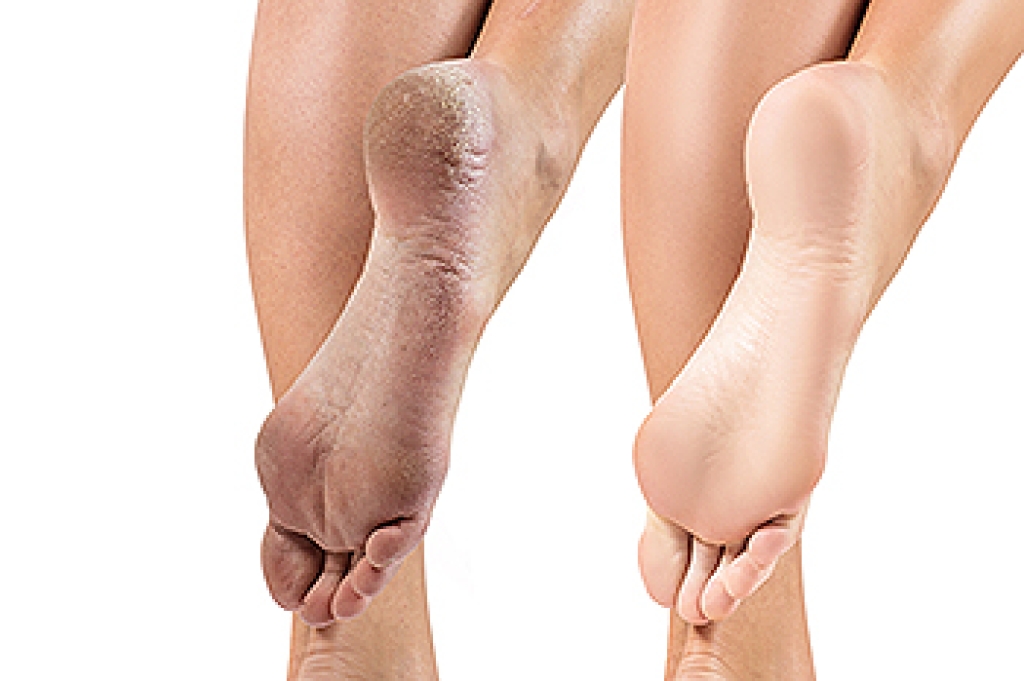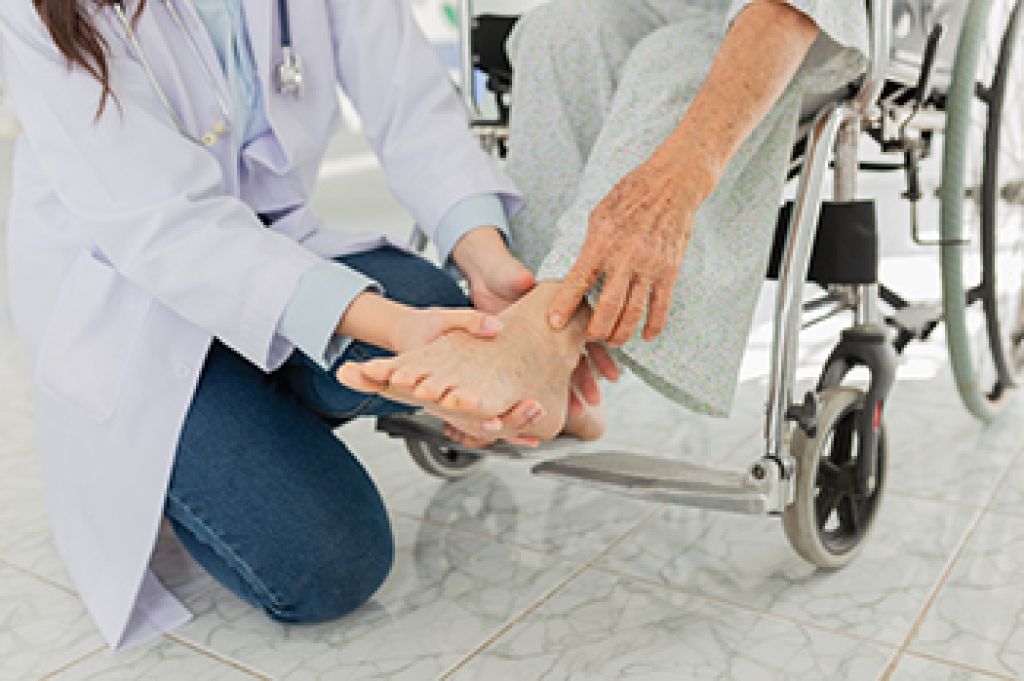Risk Factors for Ankle Sprains

Ankle sprains can affect anyone, although some people are at a higher risk of injury than others. If you have a history of ankle sprains, you may be more prone to future sprains, because weakened or stretched ligaments can lead to chronic ankle instability. People involved in sporting activities that require frequent jumping or quick direction changes, such as basketball or soccer, also face a higher likelihood of incurring this type of injury. Anyone with loose joints, known as ligamentous laxity, has a greater chance of ankle sprains resulting from flexible ligaments. A high-arched foot structure can further increase risk, as this foot type often makes inward rolling easier, predisposing the ankle to injury. Weak muscles surrounding the ankle can also contribute to sprains, as these muscles provide stability during high-risk movements. A chiropodist can assess your foot structure, joint stability, and muscle strength, recommending exercises or supports to reduce your injury risk. If you believe you have sprained your ankle, it is suggested that you schedule an appointment with a chiropodist for advice and guidance.
When one or more ligaments in the ankle overstretch or tear due to injury, an ankle sprain occurs. If you would like to learn more about ankle sprains, please consult with one of the chiropodists from The Footcare Centre. Our chiropodists can help you maintain the health of your lower limbs and your mobility.
Symptoms of an ankle sprain vary depending on the severity of the injury, but may include:
- Pain
- Swelling
- Bruising
- Tenderness
- Difficulty walking
- Ankle instability
- A reduced range of motion in the ankle
Treatments for an ankle sprain may consist of:
- Resting the injured ankle
- Applying ice
- Elevating the ankle
- Compressing the ankle
- Over-the-counter pain medications
- Ankle braces or other devices to take weight off of the ankle
- Ankle exercises
- Surgery (in rare cases)
It’s important for the sprained ankle to heal correctly and fully in order to avoid repeated injury. If you have any questions, please feel free to contact our office located in . We offer the newest diagnostic and treatment technologies for all your foot care needs.
The Link Between Vitamin Deficiency and Cracked Heels

Cracked heels are not only a cosmetic concern but can also indicate underlying health issues, including vitamin deficiencies. Essential vitamins, particularly vitamins A, E, and B, play a vital role in maintaining skin health. A deficiency in vitamin A can lead to dry and flaky skin, making the heels more susceptible to cracking. Vitamin E, known for its antioxidant properties, helps in skin repair and hydration. Additionally, B vitamins contribute to overall skin health, and their lack can exacerbate dryness and irritation. Hydration and proper nutrition are essential for skin integrity, and ensuring an adequate intake of these vitamins can help prevent cracked heels. Cracked heels can be painful, and may cause difficulty in completing daily activities. If this applies to you, it is suggested that you contact a chiropodist who can help you manage this condition.
Dry, cracked heels are more than a cosmetic inconvenience. For many people, they are uncomfortable, deep, painful, and may even bleed. If you suffer from cracked heels, please consult with one of the chiropodists from The Footcare Centre. Our chiropodists can help you maintain the health of your lower limbs and your mobility.
Causes
- Prolonged standing
- Wearing open-back shoes
- Wearing shoes that don’t cushion the heels
- Living in a cold or dry climate
- Taking long, hot showers
- Not moisturizing the heels
- Eczema
- Psoriasis
- Palmoplantar keratoderma
- Juvenile plantar dermatosis
Treatments
- Soaking the feet
- Exfoliating with a pumice stone
- Moisturizing the heels
- Wearing closed-back shoes that cushion heels
- Avoiding prolonged standing
- Taking warm, rather than hot, showers
- Treating underlying skin conditions
While milder cases of cracked heels can be treated at home, some patients present with deep, painful, bleeding heel fissures that are at risk of becoming infected and may require medical care. Additionally, patients with diabetes or any other conditions that affect the immune system should be monitored by a chiropodist.
If you have any questions, please feel free to contact our office located in . We offer the newest diagnostic and treatment technologies for all your foot care needs.
Accurate Diagnosis for Painful Foot Disorders in the Elderly

Painful foot disorders are prevalent among the elderly population and can significantly impact daily life. Conditions like arthritis, plantar fasciitis, and neuropathy often cause discomfort, limiting mobility and independence. These disorders may manifest as persistent pain, swelling, or stiffness, making accurate diagnosis essential for effective treatment. Without a proper diagnosis, underlying issues may go unaddressed, leading to worsening symptoms and complications. A thorough evaluation by a chiropodist can help determine the root cause of foot pain and guide appropriate interventions. Treatment options may include orthotic devices or medication to alleviate discomfort and improve function. If you are elderly and have developed a foot condition, it is suggested that you schedule an appointment with a chiropodist who can diagnose it and offer effective treatment methods.
Foot problems can become increasingly common as we age, making everyday foot care especially important. To learn more about maintaining proper foot health, please consult with one of the chiropodists from The Footcare Centre. Our chiropodists will assess your condition and provide you with quality foot and ankle treatment.
Common Foot Problems
Certain foot problems may be more likely to affect older adults.
Some examples of foot conditions that can be common in older adults include:
- Dry, cracked skin
- Calluses and corns
- Blisters
- Ingrown toenails
- Deformities such as bunions or hammertoes
- Fungal infections
- Plantar warts
Systemic conditions, such as diabetes or arthritis, are also more likely to affect older people and manifest symptoms in the feet and ankles.
Daily Foot Care Tips
Having a daily foot care routine can help detect problems early on and prevent future issues.
Things that you can do at home to care for your feet include:
- Washing the feet daily with warm water, drying them thoroughly, and then applying a moisturizer
- Trimming the toenails straight across and not too short to prevent ingrown toenails
- Performing daily foot exercises to improve foot strength and mobility
- Wearing shoes when walking to avoid injury
- Inspecting the feet daily for any cuts, scrapes, sores, or other abnormalities and seeking prompt treatment if any problems are discovered
If you have any questions, please feel free to contact our office located in . We offer the newest diagnostic and treatment technologies for all your foot care needs.


